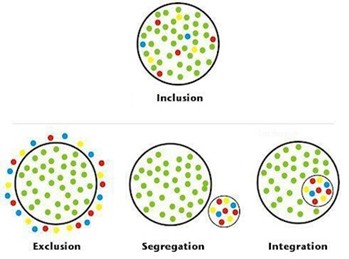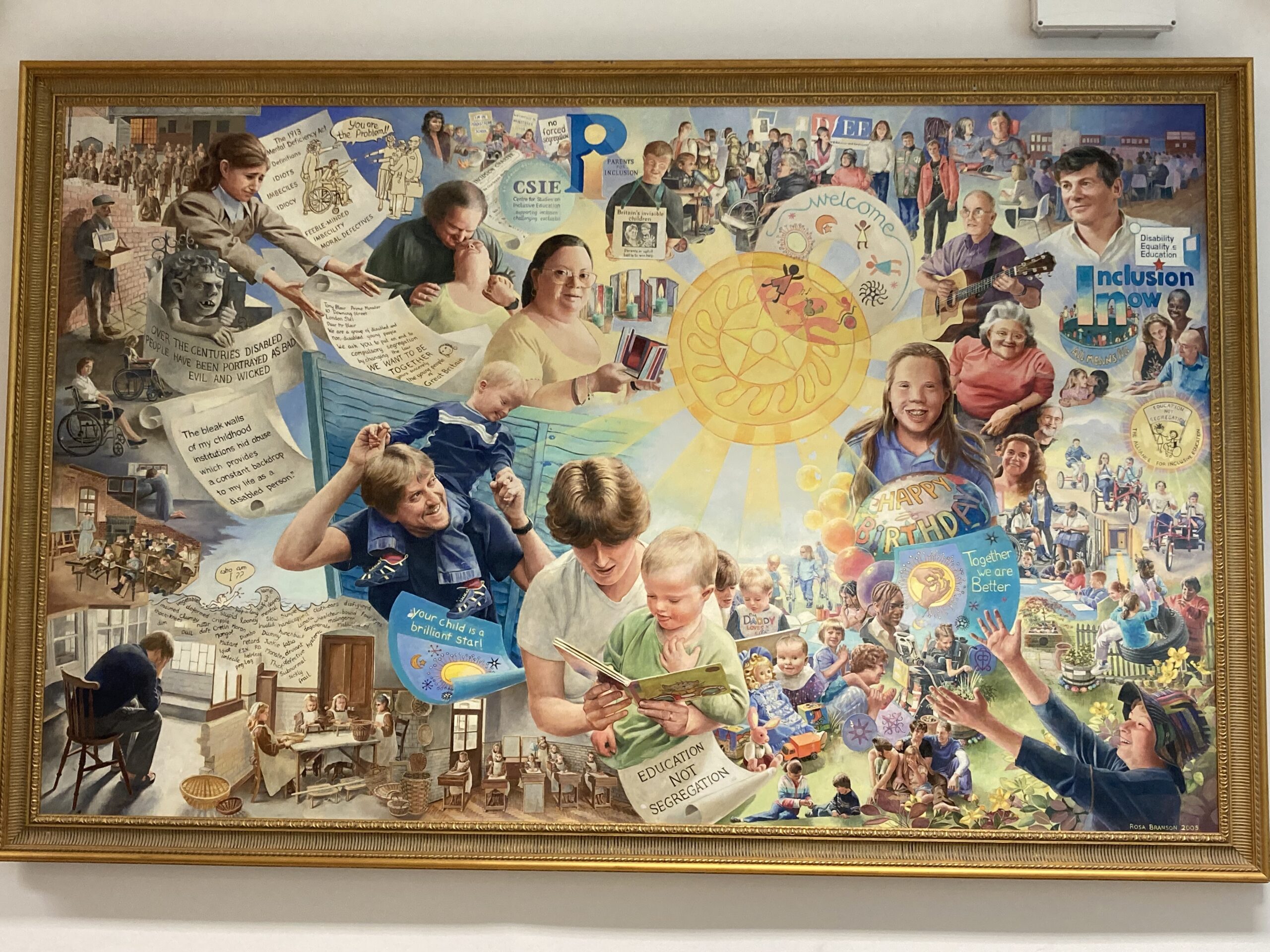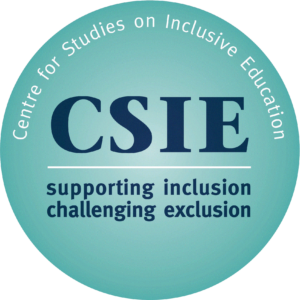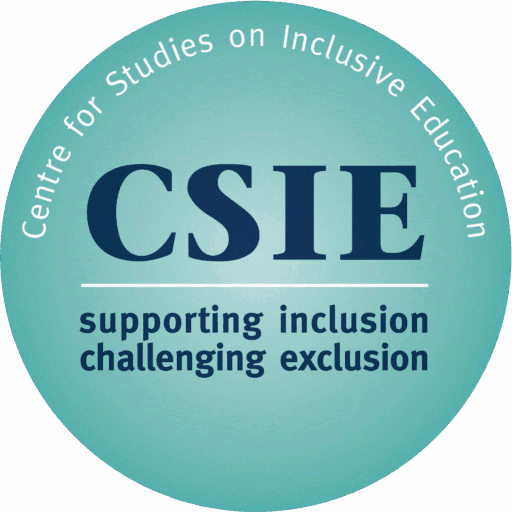Inclusion in education happens when cultures, policies and practices respond to diversity in ways that value everyone equally.
It is shaped continuously, moment by moment, by the quality of every interaction and by every decision about teaching, learning or participation. Interactions and decisions, in turn, depend on the attitudes, beliefs and expectations of people in the setting, and on the setting’s culture.
A clear definition of what inclusion is, and what it is not, is given in General Comment #4 written by the UN Committee on the Rights of Persons with Disabilities. Article 24 (Education) of the UN Convention on the Rights of Persons with Disabilities, which the UK has signed, requires the development of inclusive education at all levels. General Comment #4 explains what the Convention means by inclusive education. It draws attention to four key terms (exclusion, segregation, integration and inclusion) and says what each of these means. These definitions are summarised below.
Exclusion, not mentioned in Article 24, is when children are not in school. Segregation, also not mentioned at all in Article 24, is defined in the General Comment as the education of disabled students in separate settings, isolated from non-disabled students. Integration, the General Comment says, is the process of placing disabled students in mainstream settings and expecting them (the students) to adjust to the requirements of these settings.
Inclusion, on the other hand, is the process of “systemic reform” involving changes in content, methods, approaches, structures and strategies in education, so that all students can have an equitable and participatory learning experience. The General Comment says that this is what Article 24 means by inclusive education, and this is what all signatories to the Convention must develop.
To clarify this, the General Comment also says that placing disabled students in mainstream settings without making structural changes (for example to the organization, curriculum and teaching & learning strategies) is not inclusion.

A visual explanation of how General Comment #4 defines these terms.

A Portrait of A Movement is a large oil painting by British painter Rosa Branson, who gifted it to Parents for Inclusion. Years later, when Parents for Inclusion folded, the painting was donated to the UCL Institute of Education where it still hangs in Nunn Hall.
Inclusion is about everyone: adults as well as children and young people, and not only those with labels of SEND. While the above definitions are clear and helpful, it is important to remember that there is more to inclusion than disability equality.
Another helpful set of ideas about inclusion are in the Index for Inclusion which was previously published by CSIE. The following extract is from the 3rd edition (Booth and Ainscow, 2011).


